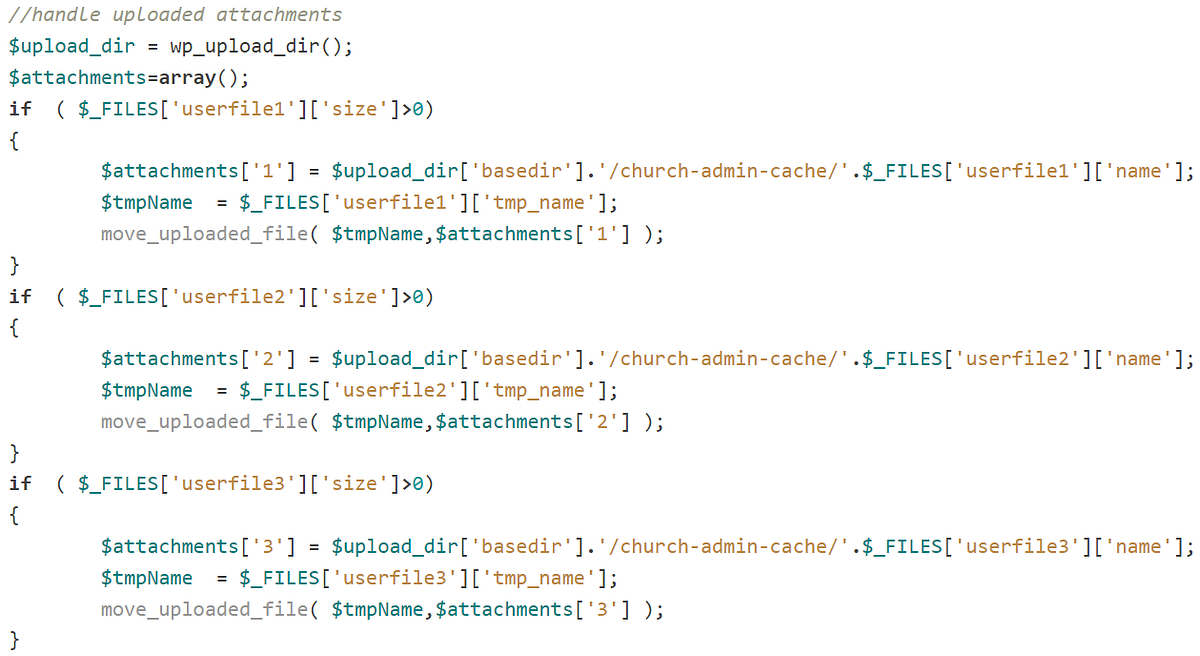BOOK THIS SPACE FOR AD
ARTICLE ADIn the dynamic landscape of cybersecurity, the quest for robust and foolproof access controls has led to the rise of biometric authentication. Unlike traditional password-based systems, biometric authentication leverages unique biological characteristics to verify and grant access to authorized individuals. This article delves into the transformative role of biometric authentication in elevating network access controls, exploring its benefits, challenges, and the future it holds in securing digital environments.
1. Biometrics Unleashed The Evolution of Network Access Controls
Introduce the concept of biometrics as a revolutionary approach to network access controls. Highlight how the traditional reliance on passwords is giving way to more secure and user-friendly biometric authentication methods.
2. Types of Biometric Authentication From Fingerprints to Facial Recognition
Explore various types of biometric authentication methods, including fingerprints, facial recognition, iris scans, voice recognition, and more. Discuss the strengths and weaknesses of each, emphasizing their diverse applications in network security.
3. Biometrics vs. Traditional Authentication: A Paradigm Shift
Compare biometric authentication with traditional password-based authentication. Discuss the inherent vulnerabilities of passwords and highlight how biometrics offer a more secure, convenient, and user-friendly alternative.
4. Advantages of Biometric Authentication in Network Security
Examine the advantages of implementing biometric authentication in network security. Discuss factors such as enhanced security, reduced risk of identity theft, and the elimination of password-related vulnerabilities.
5. Overcoming Challenges Addressing Privacy Concerns and Biometric Spoofing
Acknowledge the challenges associated with biometric authentication, including privacy concerns and the potential for biometric…
.png)
 4 months ago
73
4 months ago
73 














 Bengali (Bangladesh) ·
Bengali (Bangladesh) ·  English (United States) ·
English (United States) ·